当前位置:网站首页>Three components of NIO foundation
Three components of NIO foundation
2022-08-02 21:04:00 【I once more siege of the lion】
I. Channel
Channel is a bit similar to stream, it is a bidirectional channel for reading and writing data. It can read data from channel into buffer, or write buffer data into channel, and the previous stream orWhether it is input or output, channel is a lower level than stream.
Channels are typed, a string channel can only store string type data.
You can use Buffer as a container to take data out or add data to Channel.If Channel is a water tank, then Buffer is a scoop of water.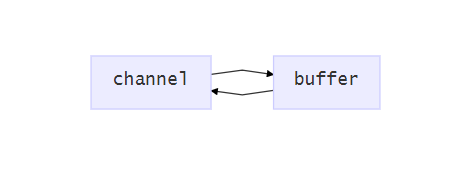
Common Channels are
- FileChannel
- DatagramChannel
- SocketChannel
- ServerSocketChannel
Second, Buffer
buffer is used to buffer read and write data. Use buffer to read or write data to channel. The buffer is the same as the array used to read and write files. Common buffers include
- ByteBuffer
- MappedByteBuffer
- DirectByteBuffer
- HeapByteBuffer
- ShortBuffer
- IntBuffer
- LongBuffer
- FloatBuffer
- DoubleBuffer
- CharBuffer
Three, Selector
Selector is generally called a selector, which can also be translated as a multiplexer. It is one of the core components of Java NIO and is used to check whether the state of one or more NIO Channels is in a readable and readable state.Writing
can implement a single thread to manage multiple channels, which avoids the overhead of thread context switching compared to using multiple threads.
The role of the selector is to cooperate with a thread to manage multiple channels and obtain the events that occur on these channels. These channels work in non-blocking mode and will not let threads hang on a channel.It is suitable for scenarios with a large number of connections but low traffic (low traffic)
Data reading occurs in the channel. In a single thread, the reading of multiple channels is blocked, and one channel is waiting for the client to read.During the process, other channels will be blocked. If multi-threading is used, it will be a challenge to system performance.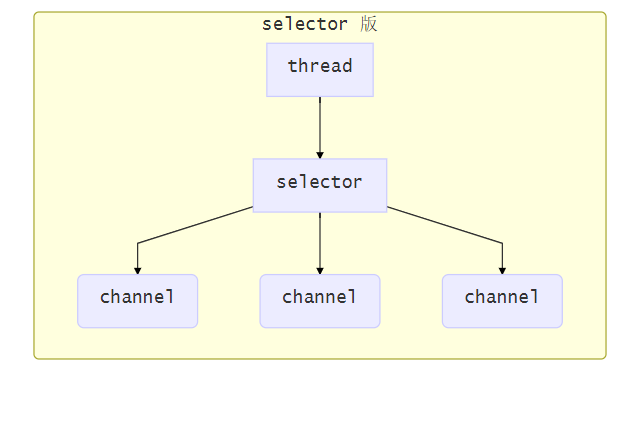
And the selector can also perform multiple operations in a single threadChannel is managed. By means of channel event monitoring, calling selector's select() will block until the channel has read and write ready events. When these events occur, the select method will return these events to thread for processing.
Selector maintains a set of registered Channels, and this registration relationship is encapsulated in SelectionKey.The selector can customize which events to listen to. The types of events that can be bound are:
The types of events that can be bound can be
- connect - fired when the client connects successfully
- accept - fires when the server side successfully accepts the connection
- read - Triggered when the data can be read, there are cases where the data cannot be read temporarily due to weak receiving ability
- write - Triggered when the data can be written out, there are cases where the data cannot be written temporarily due to the weak sending ability
边栏推荐
- HDF驱动框架的API(1)
- WIFi 开关控制实现-ESP8266 物联网 android studio arduino QT多线程服务器
- 「日志」深度学习 CUDA环境配置
- Code Inspection for DevOps
- redis总结_多级缓存
- 织梦提示信息提示框美化
- Endanger the safety of common Internet attacks have?
- 深入理解IO流(第一篇)
- KunlunBase 1.0 is released!
- Why young people are snapping up domestic iPhone, because it is much cheaper and more populist
猜你喜欢
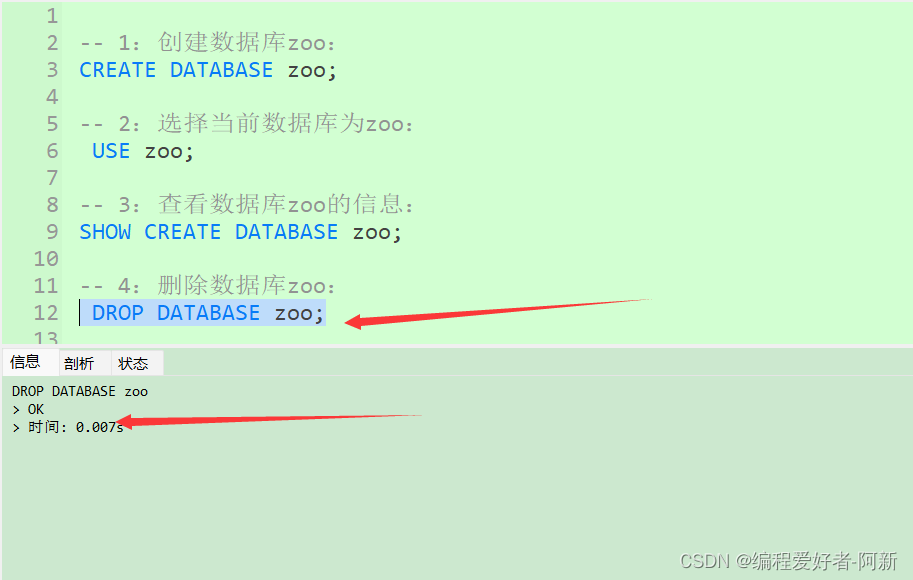
MySQL基本操作和基于MySQL基本操作的综合实例项目

shell中awk命令的if条件语句引入外置变量

MySQL命令(命令行方式,而非图形界面方式)

LeetCode 2353. 设计食物评分系统(sortedcontainers)
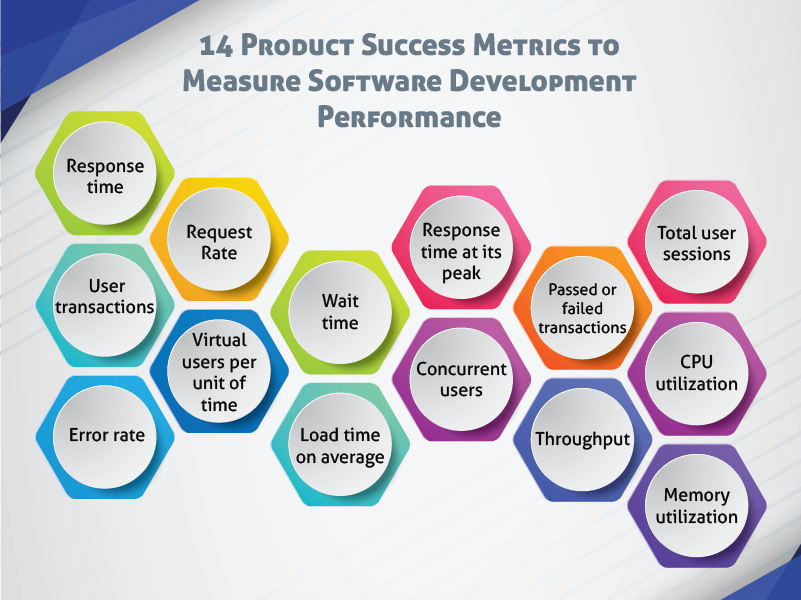
衡量软件产品质量的 14 个指标

千万级别的表分页查询非常慢,怎么办?
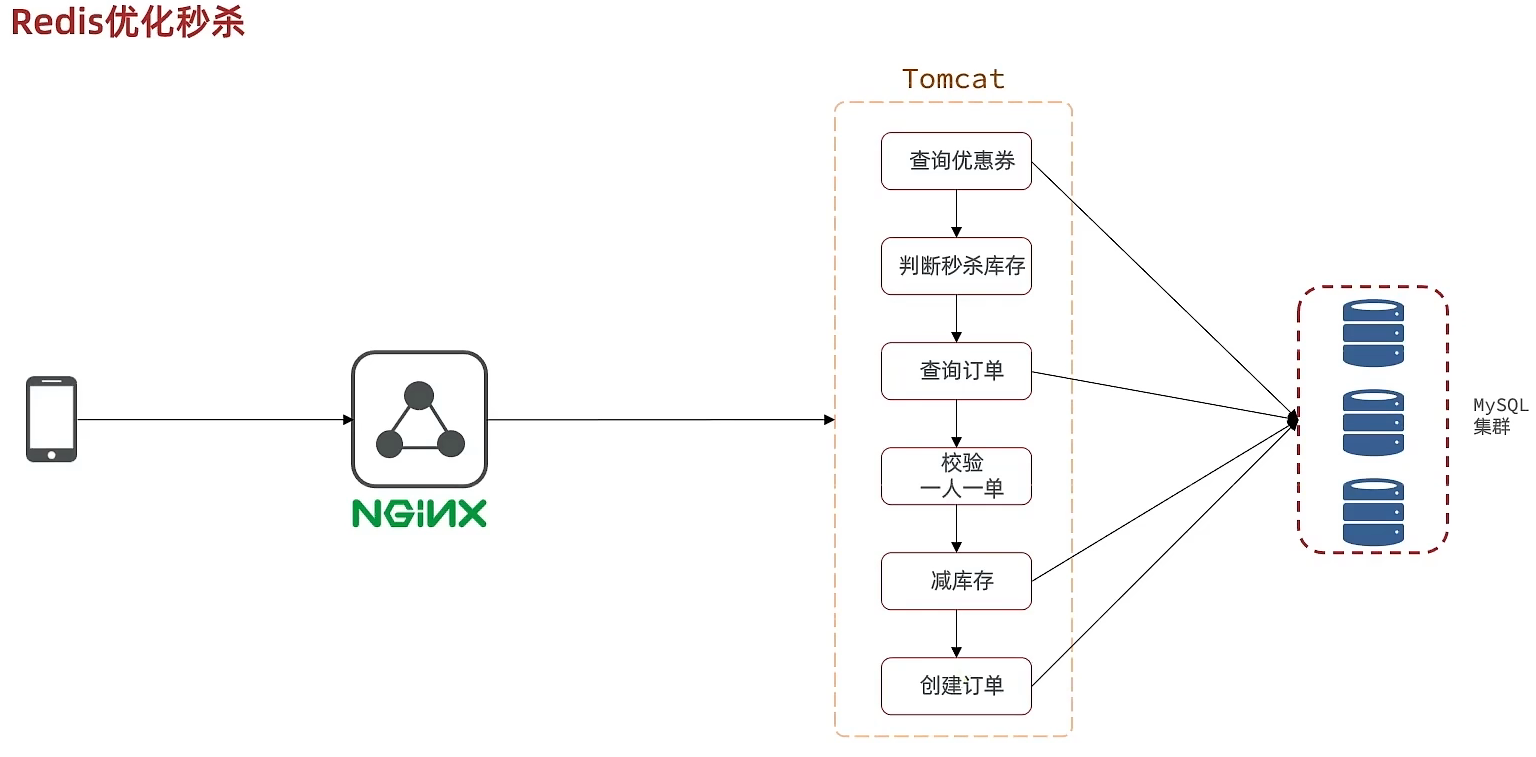
Redis总结_实战篇
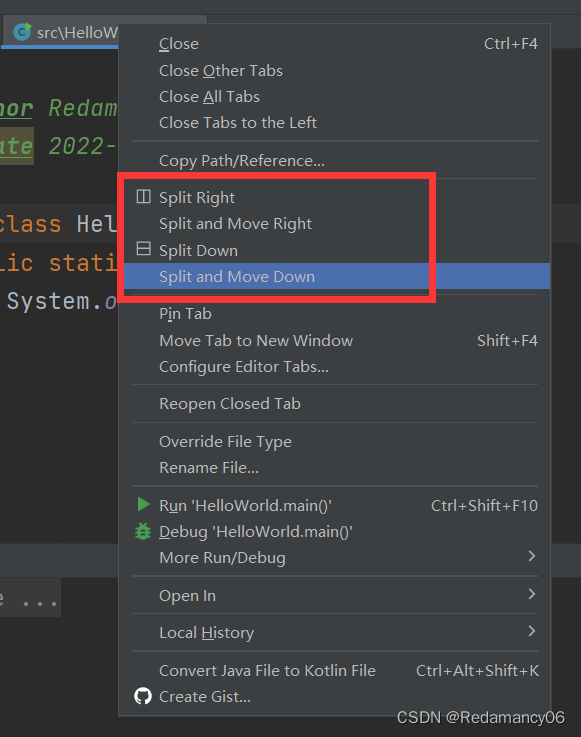
IDEA相关配置(特别完整)看完此篇就将所有的IDEA的相关配置都配置好了、设置鼠标滚轮修改字体大小、设置鼠标悬浮提示、设置主题、设置窗体及菜单的字体及字体大小、设置编辑区主题、通过插件更换主题
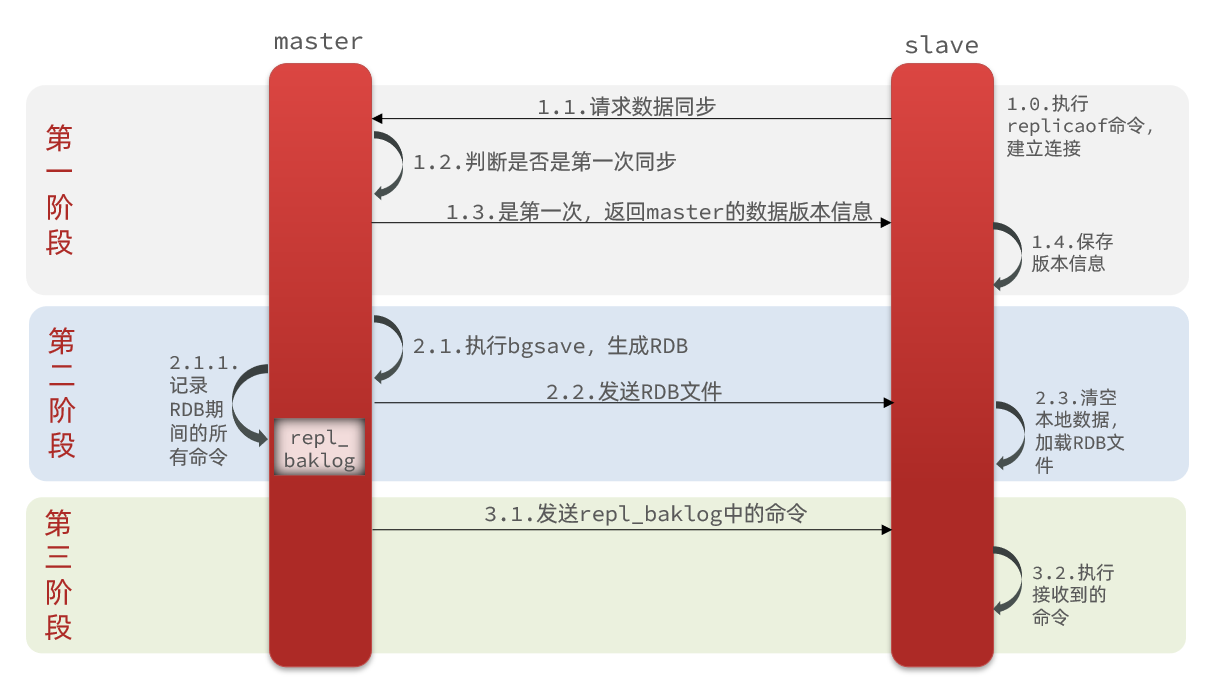
redis summary_distributed cache
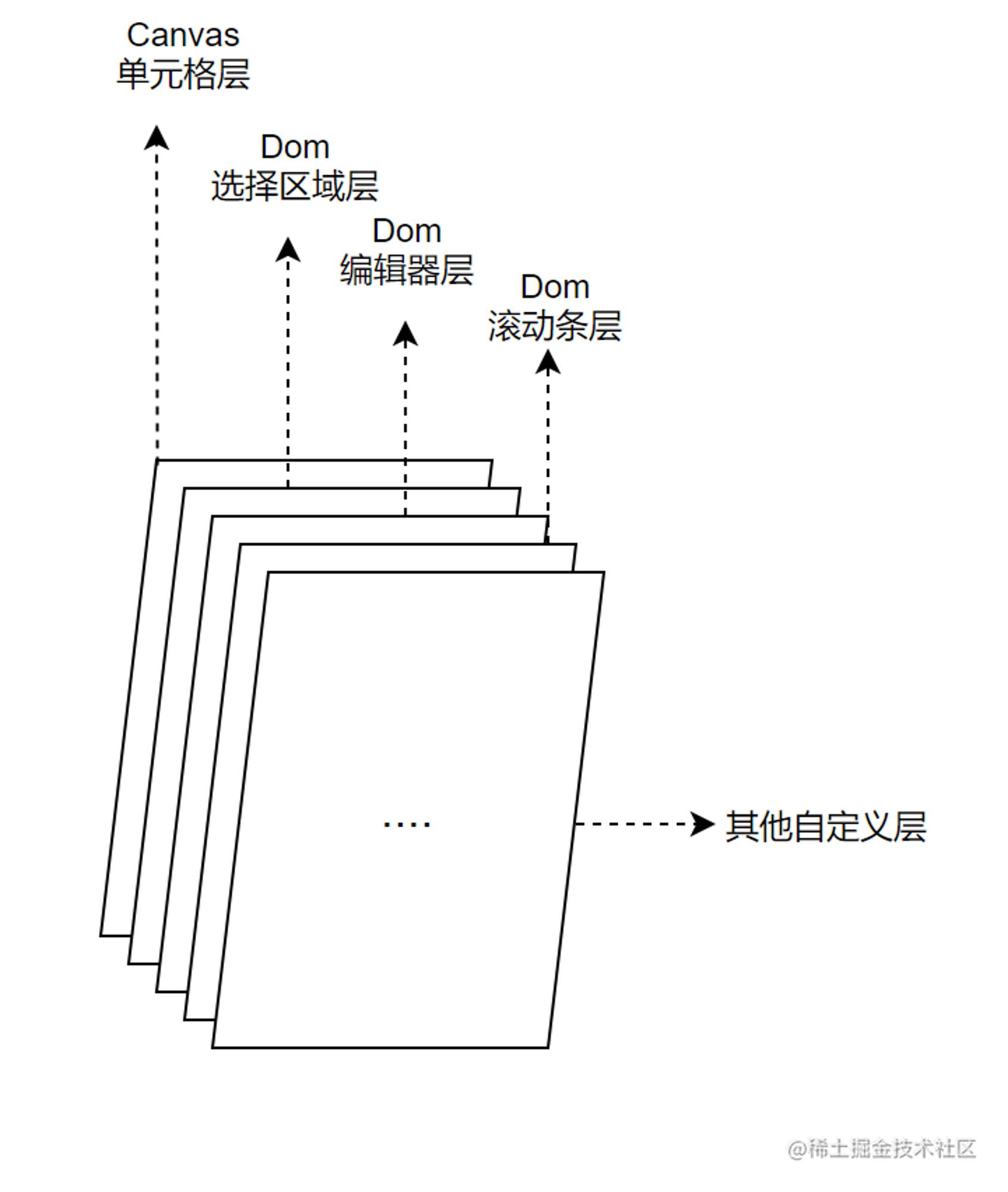
在线文档Sheet技术解析
随机推荐
golang 源码分析(39)hystrix-go
How a "cloud" can bring about new changes in the industry
MySQL基本操作和基于MySQL基本操作的综合实例项目
2022最新版SSM源码分析:一套教程助你深入理解底层原理,提高核心竞争力!
MySQL LIKE – 语法和用法示例教程
Redis总结_实战篇
如何减轻企业账户被劫持的攻击?
药品研发--检验记录与检验报告书的书写细则
redis总结_分布式缓存
DevOps之代码检查
洛谷P5094 MooFest G 加强版
cache2go-源码阅读
Functional test points for time, here is a comprehensive summary for you
NeRF: The Secret of 3D Reconstruction Technology in the Popular Scientific Research Circle
Win11dll文件缺失怎么修复?Win11系统dll文件丢失的解决方法
redis summary_distributed cache
NIO基础之三大组件
E-Surfing Cloud 4.0 Distributed Cloud Enables Digital Transformation of Thousands of Industries
记一次 .NET 某工控自动化控制系统 卡死分析
HDF驱动框架的API(2)